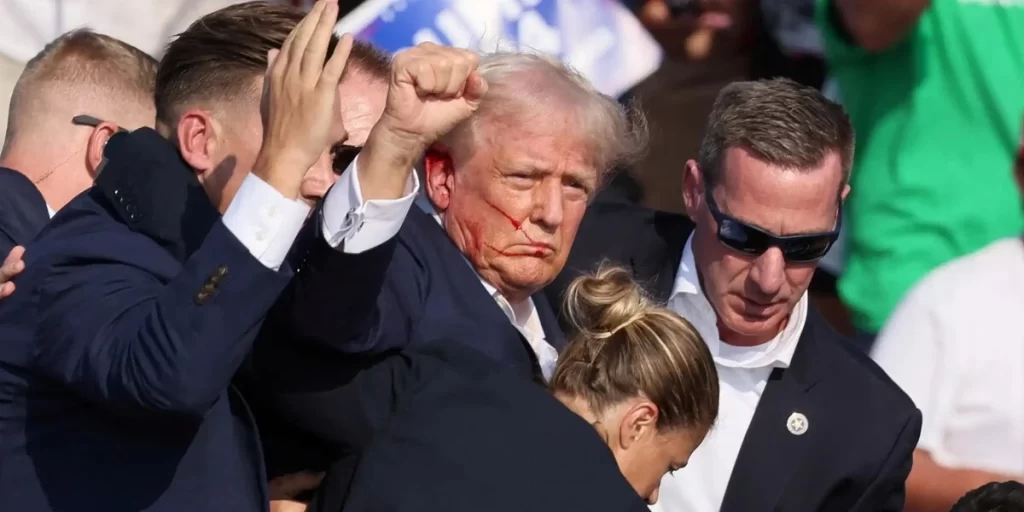The True Story Behind Martin Scorsese’s Cinematic Masterpiece ‘Killers of the Flower Moon’
In the quiet heart of 1920s Oklahoma, where the land was parched and opportunities scarce, an unimaginable tale of treachery and death unfolded. Martin Scorsese’s latest cinematic masterpiece, “Killers of the Flower Moon,” delves into the harrowing saga of the Osage Nation, a people made wealthy by oil, only to become the target of sinister plots that rocked the nation to its core.
The Osage Riches: A Fortune Stained in Blood
In the roaring ’20s, the Osage Indians were, as journalist David Grann affirms, “among the wealthiest people per capita in the world.” Their fortune, derived from vast oil deposits discovered on their once barren lands, transformed them into millionaires. With more than $30 million pouring in from oil companies, equivalent to a staggering $500 million today, the Osage experienced opulence unthinkable for many Americans of the time.
Yet, this newfound wealth became a curse as at least 24 Osage tribal members met gruesome fates. Murdered for their oil rights, or “headrights,” their deaths were disguised as mysterious ailments, slow poisonings, and shootings. The truth was obscured by a web of deceit spun by those who sought to exploit their riches.
Mollie Burkhart: A Woman’s Quest for Justice
At the center of this tragic narrative stood Mollie Burkhart, a wealthy Osage widow, portrayed with haunting intensity by Lily Gladstone. Distraught by the deaths of her sisters, she embarked on a relentless campaign for justice. While there’s no evidence she met President Calvin Coolidge, her tenacity led her to Washington, D.C., where she tirelessly fought for the truth. Hiring private detectives and offering crucial testimony, Mollie became a beacon of hope amidst the darkness.
The Birth of a Nation’s Guardians: The FBI’s Inception
In the wake of these heinous crimes, a fledgling institution rose to prominence—the Federal Bureau of Investigation. Led by the determined J. Edgar Hoover, brilliantly portrayed by Leonardo DiCaprio, the Bureau of Investigation, as it was known then, embarked on one of its first major investigations. The case led them to Oklahoma, where former Texas Ranger Tom White (Jesse Plemons) was tasked with uncovering the truth.
v
William Hale: The Face of Evil
William Hale, portrayed chillingly by Robert De Niro, emerged as a nefarious figure in this dark chapter of American history. Hale’s unyielding greed and ruthless pursuit of wealth led him down a path of malevolence. Grann describes Hale as embodying a “pathological ideology of western expansionism,” a conviction that justified his heinous acts. Convicted for his links to the murders, Hale served his time but left an indelible mark on the legacy of cruelty.
Propaganda and the Shadows of Truth: The Lucky Strike Radio Play
In a surreal twist, the story of Osage murders found its way into the annals of propaganda. Hoover orchestrated radio plays, such as the Lucky Strike cigarette-sponsored production, to glorify the FBI’s work. Yet, amidst the scripted narratives, the deep conspiracy surrounding the murders remained buried, a testament to how history can be manipulated and misrecorded.
In the hands of Scorsese, “Killers of the Flower Moon” transcends cinema, becoming a chilling mirror reflecting the darkest corners of human nature. It uncovers a chapter of American history stained with blood and betrayal, where the pursuit of wealth turned friends into foes and the guardians of justice battled against a tide of corruption.
As audiences are captivated by Scorsese’s vision, they are reminded of a time when the pursuit of wealth led to unthinkable atrocities. The echoes of the past resonate, urging us to confront the shadows that still linger, reminding us that the truth, no matter how deeply buried, will always find its way into the light.



